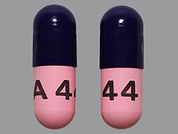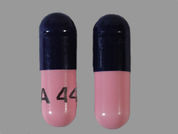Amoxicillin
Amoxicillin
What is Amoxicillin used for?
Amoxicillin is used to treat a wide variety of bacterial infections. This medication is a penicillin-type antibiotic. It works by stopping the growth of bacteria. This antibiotic treats only bacterial infections. It will not work for viral infections (such as common cold, flu). Using any antibiotic when it is not needed can cause it to not work for future infections. Amoxicillin is also used with other medications to treat stomach/intestinal ulcers caused by the bacteria H. pylori and to prevent the ulcers from returning.
CHEMICAL NAME
DRUG TYPE
InfectionsAmoxicillin Prices
Searching for the lowest prices
What does Amoxicillin look like?
View all Amoxicillin Image Information (12)Amoxicillin Frequently Asked Questions
This section contains uses of this drug that are not listed in the approved US professional labeling for the drug but that may be prescribed by your health care professional. Use this drug for a condition that is listed in this section only if it has been so prescribed by your health care professional.
This drug may also be used before medical/dental procedures by people with certain heart conditions (such as heart valve disease) to reduce the risk of a serious heart infection.
IMPORTANT: HOW TO USE THIS INFORMATION: This is a summary and does NOT have all possible information about this product. This information does not assure that this product is safe, effective, or appropriate for you. This information is not individual medical advice and does not substitute for the advice of your health care professional. Always ask your health care professional for complete information about this product and your specific health needs.



